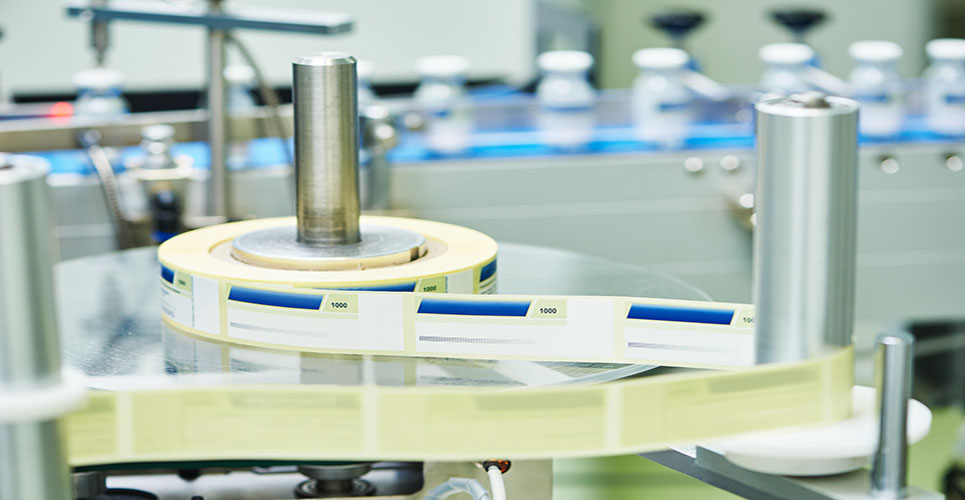Unit-dose distribution systems were once dismissed as an impossible dream
but electronic prescribing and closed-loop medication administration systems make this the logical way to deliver medication safely and cost-effectively
Christine Clark PhD FRPharmS FCPP(Hon)
Editor, HPE
Unit-dose drug distribution systems are mandatory in Belgium and are the
norm in several other European countries but others, such as the UK and Germany, still cling to traditional systems. However, even in Germany, the wind of change is blowing. At the recent German Hospital Pharmacists’ conference in Hamburg, the unit-dose interest group was clearly in evidence.
Electronic prescribing and electronic tracking of medicines has changed the picture for drug distribution. Expensive and error-prone ward stock systems are no longer the only option. Many people now advocate closed-loop medication administration processes that rely on electronically matching the prescription, the medicine and the patient before a dose is administered. This approach removes a large element of risk from the process. Although ‘closed-loop’ can be achieved using electronic medicine cupboards on wards, this is a relatively clumsy process that imposes a significant workload on nurses who can end up queuing to obtain doses from the drawers or cabinets. When a closed-loop process involves the use of unit doses, medication administration becomes simpler and safer.
Unit-dose systems are developing rapidly. At one hospital in Spain, medicines are re-packaged in unit doses and arranged in electronically-controlled storage bins. Every 24 hours, the medicines cart, which has a drawer for each patient’s medication, is refilled by pharmacy assistants who themselves use a closed loop, barcode-based process that matches the medicine, prescription and the patient’s drawer. Each dose is labelled with the name of the product, the dose and expiry date but not the patient’s name. Any unused doses are returned within 24 hours (48 hours at weekends) and, because they can be positively identified, can be returned to the pharmacy stock immediately.
At one hospital in Germany, patient-specific unit-doses are packed every 24 hours and a strip of unit-dose sachets, each bearing the medication information and the patient’s name, is supplied to the ward. With this system, re-use of returned doses is a more labour-intensive process because they need to be removed from the patient-specific packs.
There is no doubt that unit-dose distribution systems are liked by nurses. They also simplify the medication administration process and eliminate many sources of errors at this critical step. In ‘paperless’ hospitals, they are the logical way to provide medicines. The major downside at present is the lack of availability of unit doses from the industry. As a result, hospital pharmacies are undertaking prepacking ‘in house’. The European Association of Hospital Pharmacists (EAHP) has called for the introduction of bar coding of medicines down to the unit dose level. If this were a regulatory requirement across Europe, then manufacturers would have to present medicines in this way or lose business to those who are prepared to supply unit doses.
In the UK, many hospitals still operate a one-stop dispensing system in which medicines labelled for outpatient use in readiness for discharge are dispensed to inpatients. If the prescription is changed then relatively large quantities are returned to the pharmacy for re-use or destruction. Such a system has no place in the electronic, paperless age.
Pharmacists have a responsibility to patients to provide medicines safely, accurately and economically. The EAHP has taken the lead here and hospital pharmacists should now take up the banner and campaign collectively for the introduction of unit-dose dispensing across Europe.

